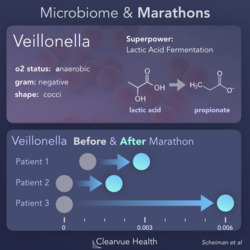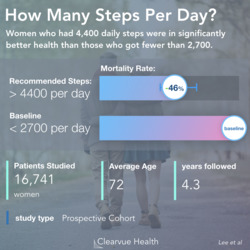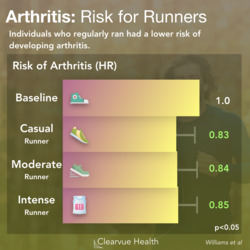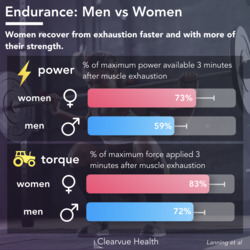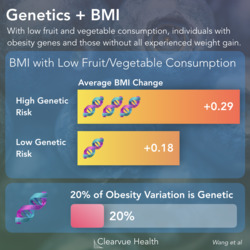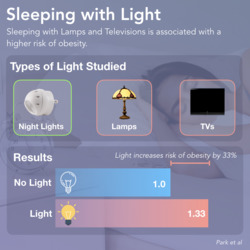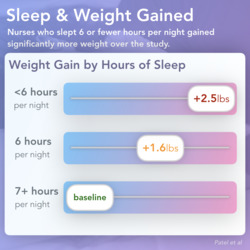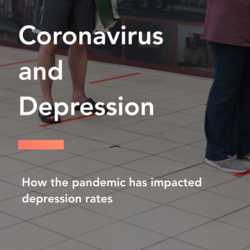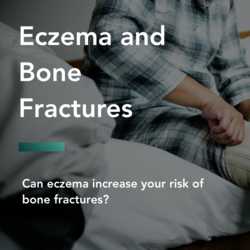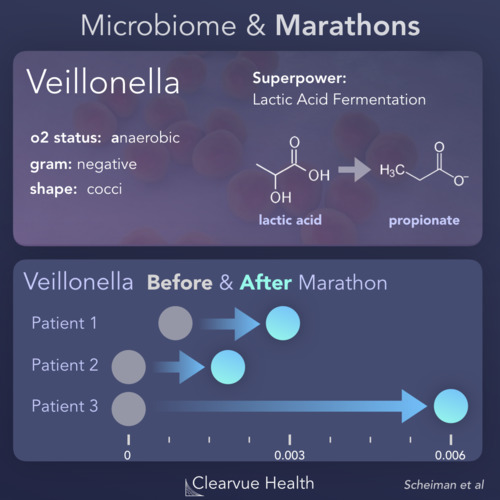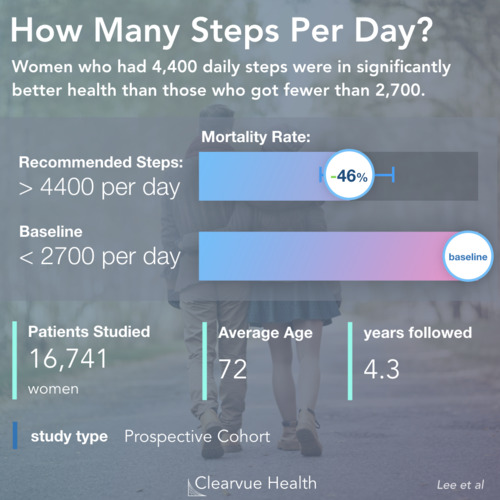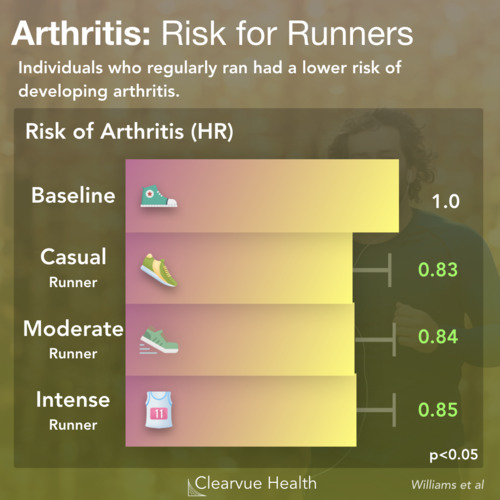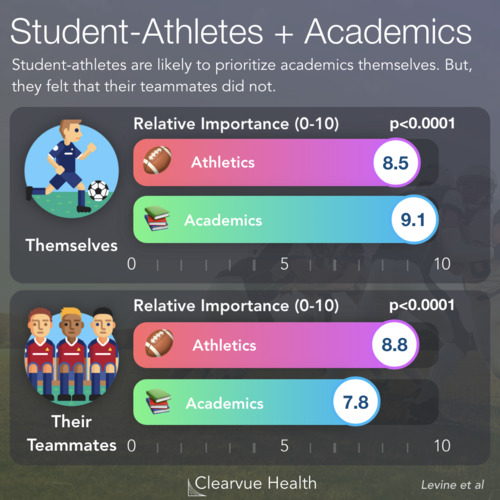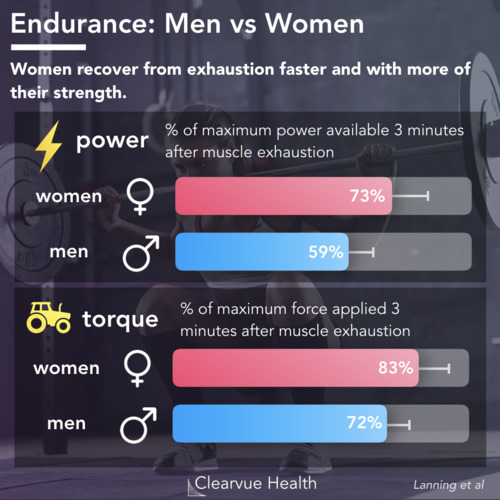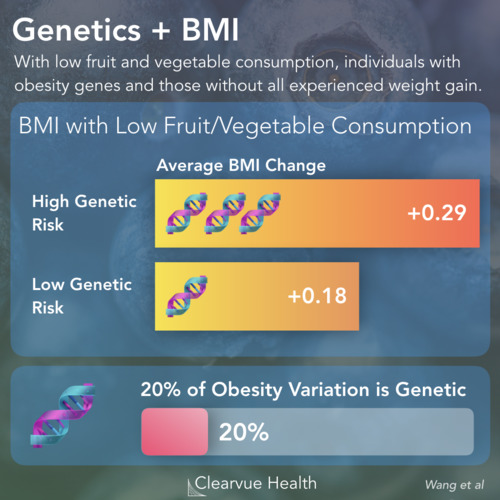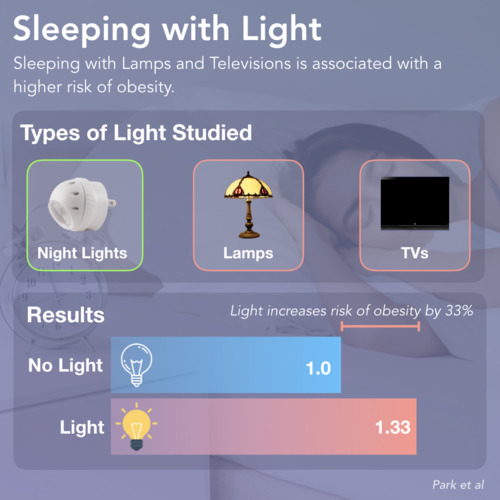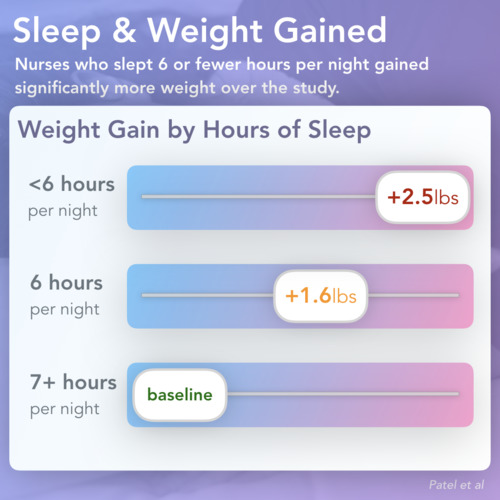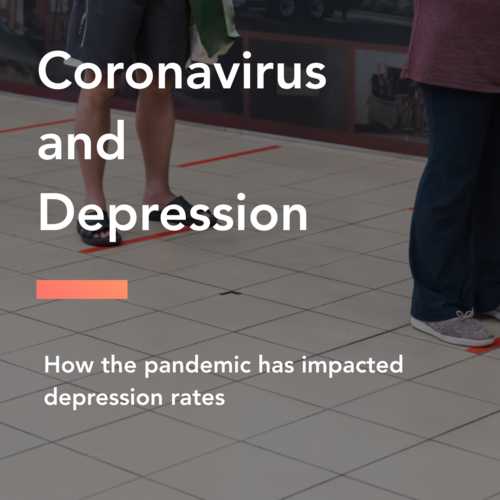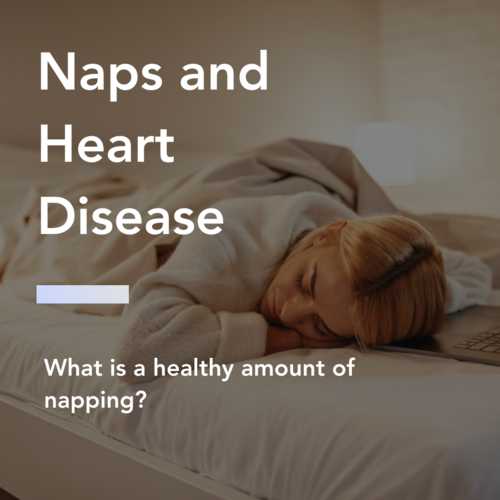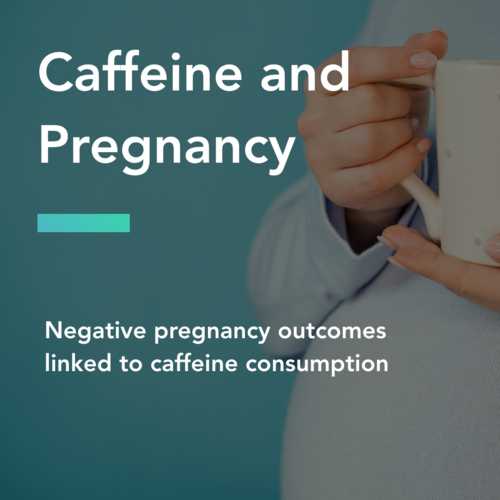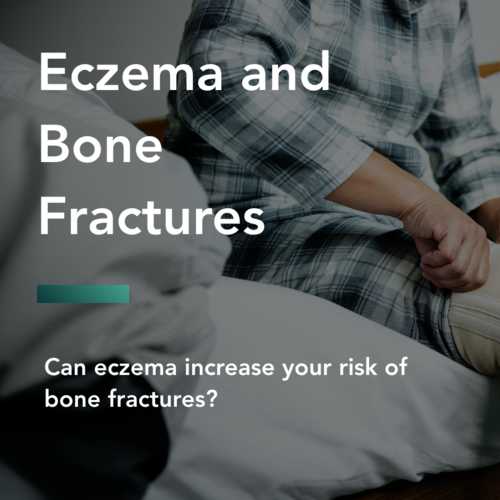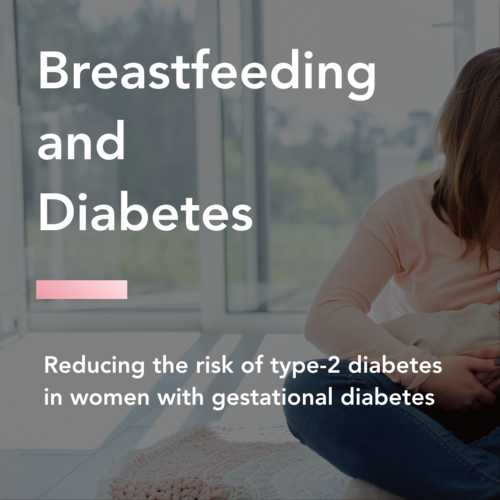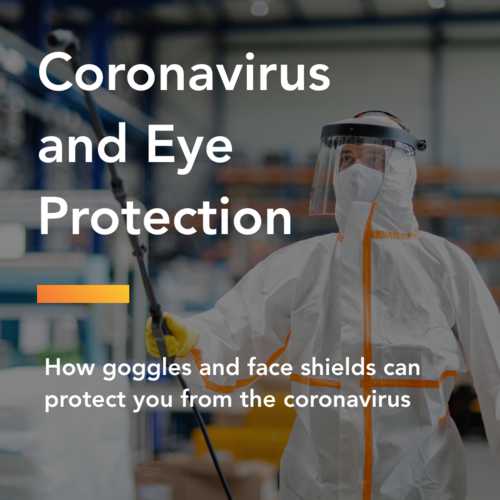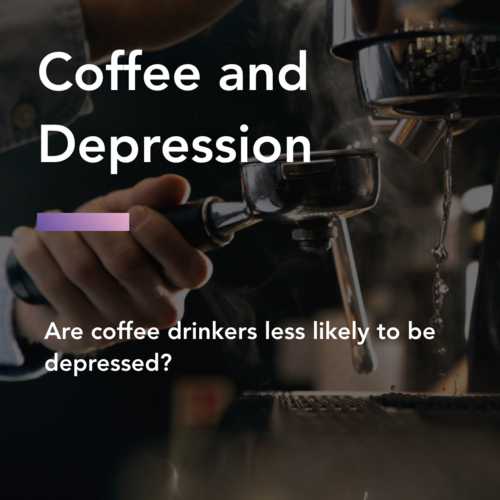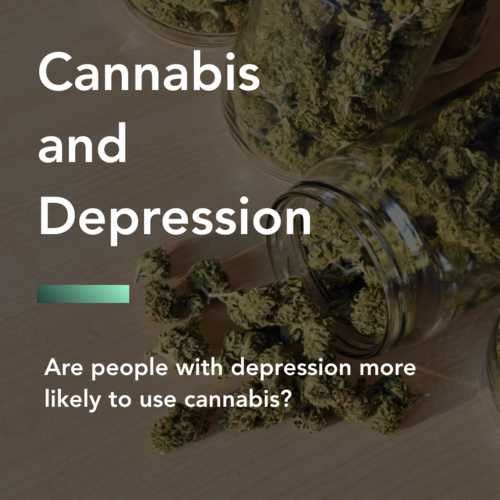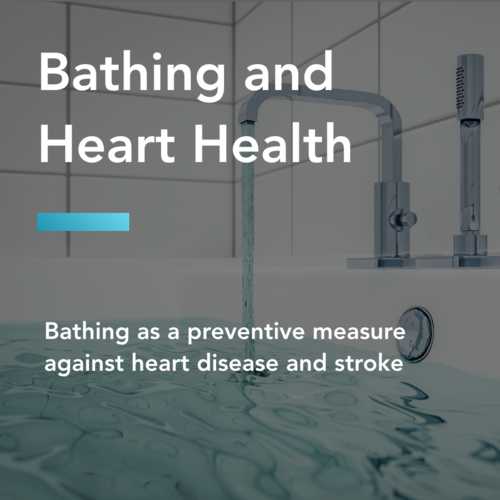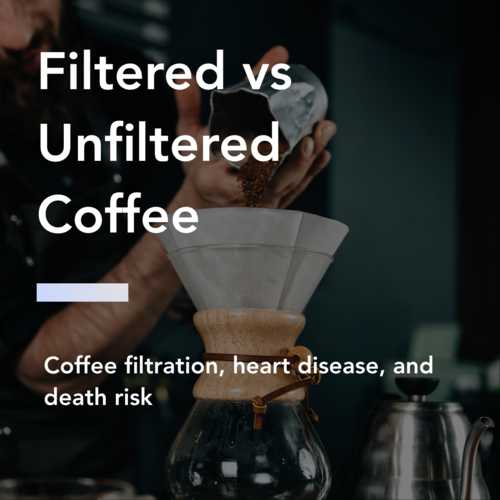High Intensity Interval Training vs. Sprint Interval Training for Fat Loss
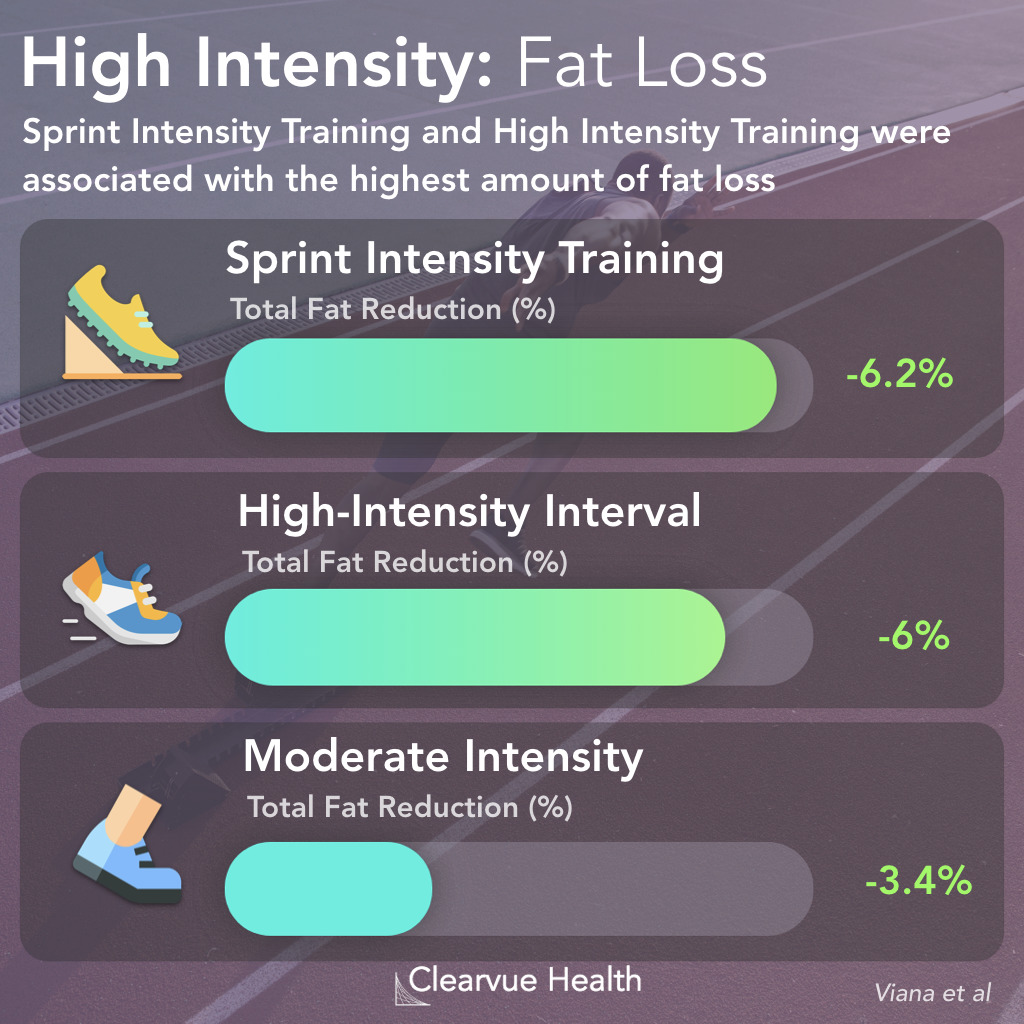
Figure 1: High Intensity Interval Training vs. Sprint Interval Training. Sprint Intensity Training and High-Intensity Interval Training were both associated with the highest amount of fat loss. Participants who underwent these training regimens lost nearly twice the fat as those who underwent moderate continuous training. SIT led to a 6.2% fat loss and HIIT led to a 6% fat loss, a non-significant difference. Moderate Intensity training led to a 3.4% fat loss.
Traditionally, the most common way of training has been going for runs. For many, there is nothing more enjoyable than a quick jog through the neighborhood.
However, research is beginning to show that short bursts of high-intensity training with periods of moderate intensity in between is just as effective if not more effective.
In order to evaluate the effectiveness of different types of workouts for weight loss, researchers compared to the amount of fat people lost under different workout regimens across 36 studies.
They found that both high-intensity interval training and sprint interval training led to nearly twice the fat loss as moderate training.
This means that going for several sprints in a row may be more effective than going for a longer run If weight loss is your goal.
Meta-analyses systemically combine data and findings from a selected group of studies on a particular topic to create conclusions with higher statistical significance. These studies do not typically add new data, but rather use data that has already been produced by others. With good methods, they can find more robust and accurate results as they include more data. They can put together conflicting conclusions from smaller studies to create a "final answer."" However, these studies can include bias if inappropriate studies are analyzed. Additionally, they can suffer from publication bias, where only positive results are published and included in the analysis.
High Intensity Interval Training
High Intensity Interval Training (HIIT) involves short bursts of high intensity with periods of medium intensity in between to recover between intense burses. One example would be sprinting for 20 seconds, jogging for 10 seconds, and repeating.
Sprint Intensity Training
Sprint Intensity Training is similar to HIIT in that it involves short periods of high intensity. Sprint intensity training typically involves bursts at 100% exertion. In contrast, HIIT uses high intensity, but not necessarily full exertion, for the high intensity intervals.
Source: Is interval training the magic bullet for fat loss? A systematic review and meta-analysis comparing moderate-intensity continuous training with high-intensity interval training (HIIT).
HIIT vs SIT: Training Time
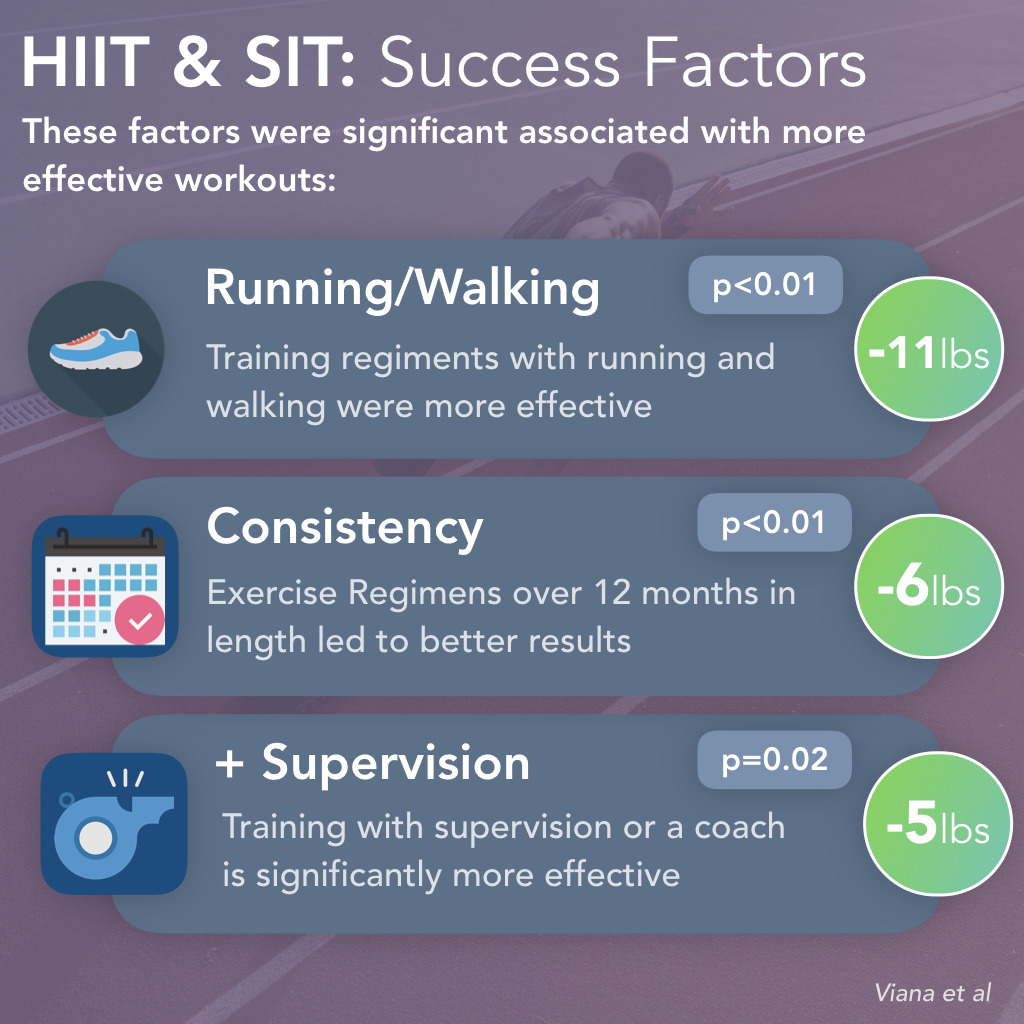
Figure 2: HIIT vs SIT: Training Time. Sprint Intensity Training and High-Intensity Training took significantly less time than moderate intensity training. The average sprint intensity training regimen lasted 23 minutes. The average High-Intensity Interval training regimen lasted 25 minutes. The average Moderate Intensity workout lasted 41 minutes.
Among the different studies and the different workout regimens within the studies, researchers found that high-intensity workouts also on average took less time. The same workouts that burned more fat than moderate continuous workouts also took less time.
For busy professionals looking to lose a bit of weight, the data is very clear in showing that high-intensity interval training is the way to go.
Source: Is interval training the magic bullet for fat loss? A systematic review and meta-analysis comparing moderate-intensity continuous training with high-intensity interval training (HIIT).
HIIT & SIT: Success Factors
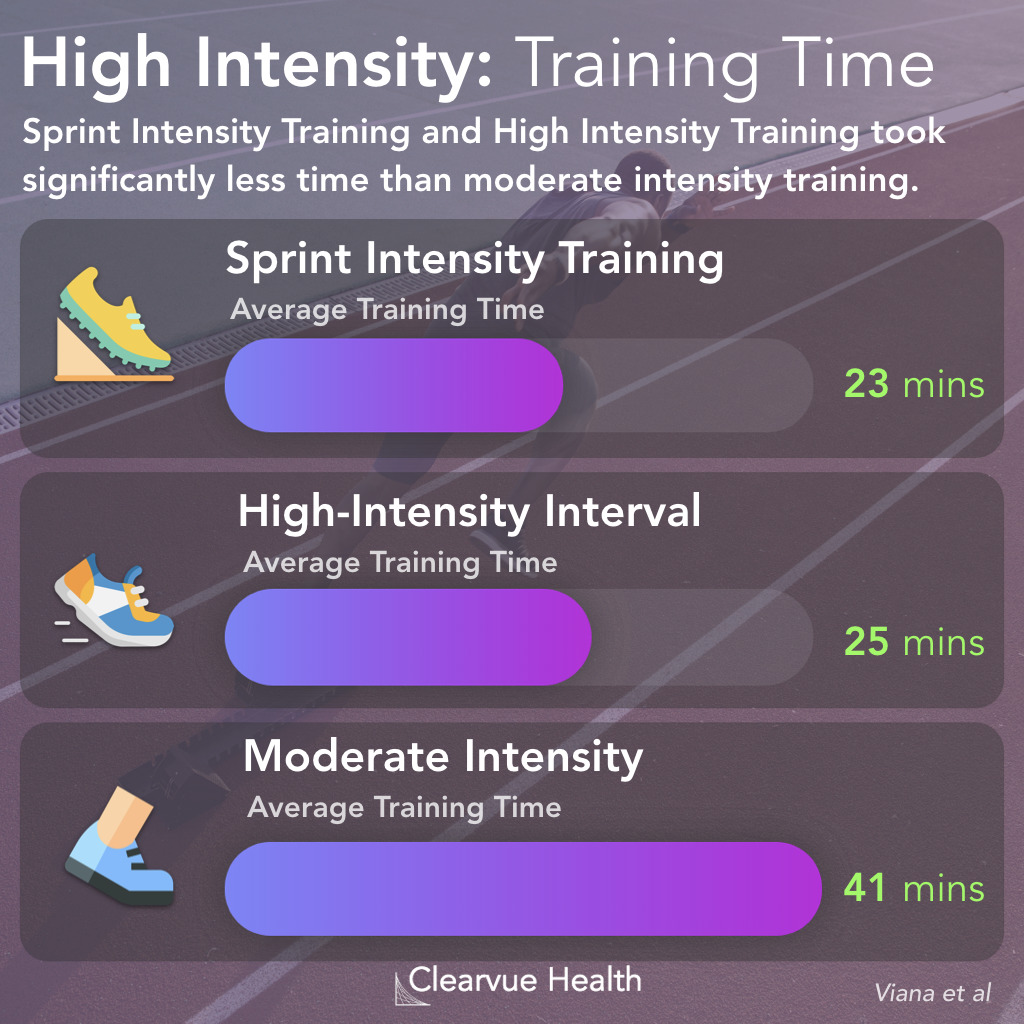
Figure 3: HIIT & SIT: Success Factors. These factors were significant associated with more effective workouts. Workouts involving running and walking were more effective, leading to an average of 11 more pounds of fat loss than those that did not. Exercise regimens over 12 months in length led to more fat loss. Training with supervision or a coach is significantly more effective.
Are there other factors that make for a better work out?
Among the different studies looked at, there were many different ways of performing high intensity interval training. As of today, this is not yet a standardized technique.
Researchers found three features that were significantly correlated with more weight loss.
Workout regimens that involve running or jogging were generally more effective than those that did not. Studies that had their participants run or jog saw about 11 pounds more of weight loss.
Workout programs that lasted more than 12 months were also significantly more effective and weight loss, not surprisingly.
Additionally, workouts that were done under supervision performed better than those that were not. This means that having a personal trainer is probably going to be effective. But for most of us, having a workout buddy who can keep us accountable can work as well.
+
Study Type - This study used a meta-analysis, which allows for potentially stronger data by combining findings from multiple small studies.
+
Study Selection - Researchers selected higher quality studies to create the meta-analysis.
+
Sample Size - The meta-analysis covered over 1000 participants, which was enough to detect significant findings.
+
Endpoints - This study used relevant endpoints. Fat Loss is the end goal of many workout regimens.
Mayo Clinic
Many people don't exercise because they say they don't have time. Interval training enables you to complete an effective workout in less time. As your cardiovascular fitness improves, you'll be able to exercise longer or with more intensity. Imagine finishing your 60-minute walk in 45 minutes — or the additional calories you'll burn by keeping up the pace for the full 60 minutes.
Time Magazine
"He found that a single session of HIIT triggered molecular changes in muscle cells that remained detectable 24 hours later in a muscle biopsy. The muscle cells are essentially changing in order to prepare themselves for further hits of HIIT, so they can remember how much energy they need and how quickly they need to produce this fuel in order to sustain themselves through the bouts of intense activity.""
AARP
If you ever did wind sprints in high school, then you know what HIIT is — brief bursts of very intense exercise followed by periods of slower, less-demanding work. Studies are showing that HIIT is an effective way for older people to build muscle, regulate insulin, cut fat and increase heart function. And for people just starting HIIT, it may take as little as one minute of hard work three times a week to see marked improvements.
Clearvue Health is not affiliated with above organizations. The information above is provided to highlight and link to useful further reading.
Source: Is interval training the magic bullet for fat loss? A systematic review and meta-analysis comparing moderate-intensity continuous training with high-intensity interval training (HIIT).




